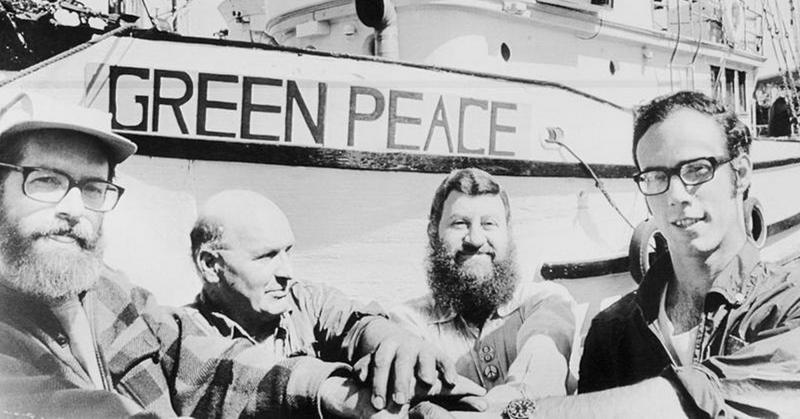The First Voyage Of Greenpeace
By | September 21, 2022

To some people, Greenpeace is a controversial and meddling group of environmental zealots, but to others, the organization does important work to raise awareness of such issues as overfishing and commercial whaling, nuclear testing, deforestation, and climate change. But Greenpeace began with one purpose: to stop underground nuclear weapons testing that might have destroyed an Alaskan island.
Amchitka Island
In 1971, the U.S. Atomic Energy Commission planned to test the W71 warhead that was to be fitted in the LIM-49 Spartan anti-ballistic missile, which would have been the largest underground test explosion in history at the time, on the remote Alaskan island Amchitka. Its isolation made it an ideal place for weapons testing, but as a volcanic island that is tectonically unstable, environmental activists worried the tests could trigger an earthquake and tsunami.

Humble Beginnings
In protest of the commission's plans, members of the Sierra Club banded together to block the border crossing between Washington and British Columbia brandishing signs that read "It's Your Fault If Our Fault Goes" and "Don't Make Waves." Among the 7,000 protesters were a married couple, Irving and Dorothy Stowe, as well as Navy veteran Jim Bohlen, who felt the demonstration was largely ineffective. They discussed a type of protest called "bearing witness," in which protesters make their views known by merely observing an unwanted activity, and Bohlen's wife suggested they get a boat and sail to Amchitka.

Setting Sail
With money raised at a concert featuring Joan Baez, among other luminaries, Bohlen and the Stowes (which would also be a great band) set sail with a small crew on a boat they renamed Greenpeace. On their first foray, they were stopped by the U.S. Coast Guard and reluctantly turned back, but word of their voyage hit the newspapers, who attributed the protest to a furious Sierra Club. The Stowes soon began planning a second voyage that they made clear was the work of Greenpeace, making it to Amchitka in time to witness the first detonation. Thankfully, the test didn't trigger a tsunami or earthquake, but the Atomic Energy Commission canceled the remaining tests at Amchitka anyway. In the following years, this ragtag gang's activities snowballed as more members joined Greenpeace and more chapters were established. Greenpeace now has a presence in more than 55 countries.

